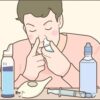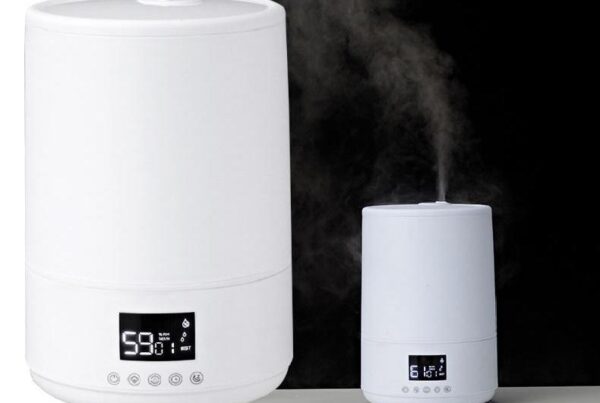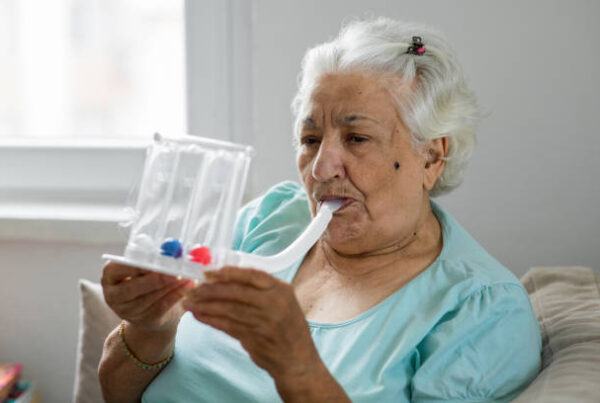Chronic obstructive pulmonary disease is a common, preventable and treatable chronic lung disease. An abnormality in the small airways in the lungs that restricts airflow in and out of the lungs. Some procedures cause the airways to narrow. Parts of the lungs may be damaged. Mucus blocks the airway. Inflammation and swelling of the lining of the airways.
COPD is also sometimes called “emphysema” or “chronic bronchitis.” Emphysema usually refers to damage to the small alveoli at the ends of the airways in the lungs. Chronic bronchitis refers to chronic cough caused by inflammation of the respiratory tract. Accompanied by sputum production.
Chronic obstructive pulmonary disease is one of the leading causes of death from chronic diseases worldwide. It is currently the fourth leading cause of death in Europe and the United States. Prevalence and mortality will continue to rise in the coming decades. According to the World Health Organization estimates. COPD will become the third leading cause of death globally in 2023.

Some data about COPD
The diagnosis is determined by a spirometer. If bronchodilators are used, the one-second rate of forced exhalation is less than 70%. Expiratory airflow limitation can be determined by adding a forced expiratory one-second volume of less than 80% of the predicted value. And it is not completely recoverable.
Normal people if they don’t smoke. After the age of thirty-five. The amount of forced exhalation per second decreases by about 30 ml per year. And smokers declined even faster. It can even reduce about 150 ml per year. Although smoking cessation does not help the recovery of lung function. However, the rate of deterioration of lung function can be slowed to the same as that of non-smokers.
COPD and asthma(a respiratory disease) have the same symptoms. People can have both diseases at the same time.
From the perspective of disease progression. The evolution of COPD symptoms develops as follows:
Early
No obvious symptoms.
Medium
- Long-term chronic cough
- Expectoration
- Significant shortness of breath or difficulty breathing during activity
- Patients may feel short of breath even doing simple things.
- More difficulty eating or exercising
- Breathing becomes more laborious.
Late
- Weight loss
- Loss of appetite
- Tired and weak
In acute exacerbations. During the course of the disease, patients may experience sudden onset and exacerbation of the disease. Wheezing and chest tightness. Known as exacerbations.

Notably, acute exacerbations can be life-threatening. The main symptoms of the patient are:
- More sputum than usual
- The color of the sputum changes from white to yellow, or the sputum becomes more viscous
- The degree of shortness of breath and chest tightness was more severe than usual.







Recent Comments